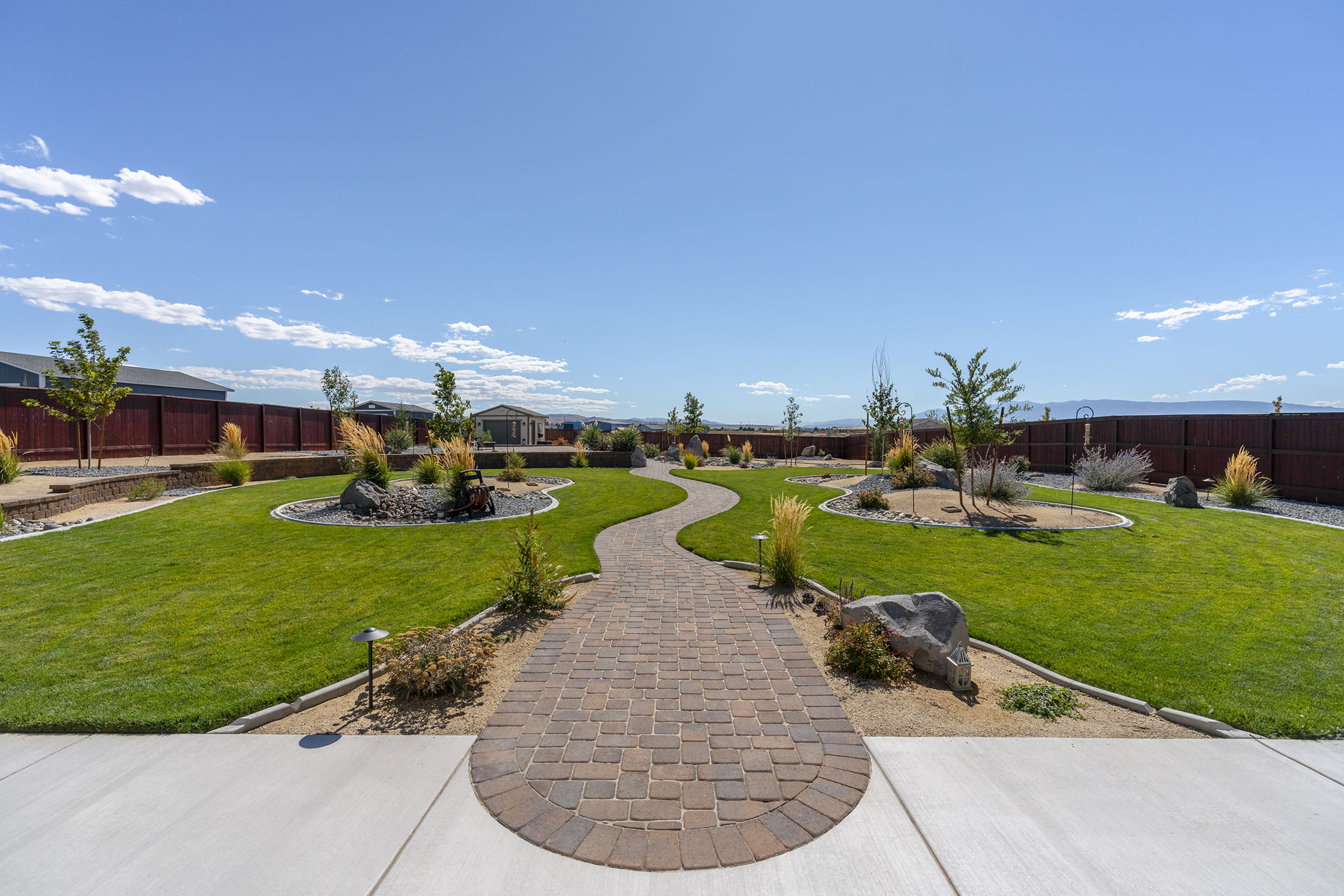



Newer development faces emerging risks of package/vehicle theft common in suburbs.

A large master-planned community in northeastern Sparks characterized by family-oriented subdivisions, commercial corridors along Pyramid Highway, and extensive open space interfaces with high-desert terrain, experiencing sustained residential growth¹.
Approximately 35,000 residents across 18 square miles. Median household income is $98,000 (42% above city median), with 76% homeownership. New construction accounts for 28% of housing stock since 2020².
Notable divergence between high-density apartment clusters near retail nodes (12-18 units/acre) and low-density rural estates (1-5 acre lots) in eastern periphery, creating disparate security postures³.
Areas within 500 feet of Pyramid Highway experience 2.4x more vehicle break-ins than interior residential blocks. Retail theft patterns show displacement toward neighborhood parks during enhanced patrols⁴.
Construction site theft accounts for 31% of reported incidents in active development zones. Residential burglary rates are 18% higher in cul-de-sacs backing open desert⁵.
Peak-hour congestion on Pyramid Highway (LOS F) creates 16-minute average emergency response times (vs. 9-minute city average). 41% of local roads lack sidewalks⁶.
BLM-designated "Very High" hazard zones cover 67% of eastern boundaries. Limited secondary access routes exist in multiple subdivisions per Fire District mapping⁷.
Education and healthcare sectors employ 38% of local residents. Retail hubs (Spanish Springs Town Center) generate high vehicle turnover, with 24,000+ daily trips⁸.
Short-term rental concentration reaches 14% near recreational amenities, correlating with 33% higher parking violations and noise complaints in HOA-managed communities⁹.
21 neighborhood parks attract 1.1 million annual visitors. Perimeter parks adjacent to open desert exhibit lighting coverage gaps exceeding 50% after dusk¹⁰.
Limited municipal water infrastructure requires 38% of eastern properties to rely on wells. Groundwater table declines average 1.8 feet annually (NDEP monitoring)¹¹.